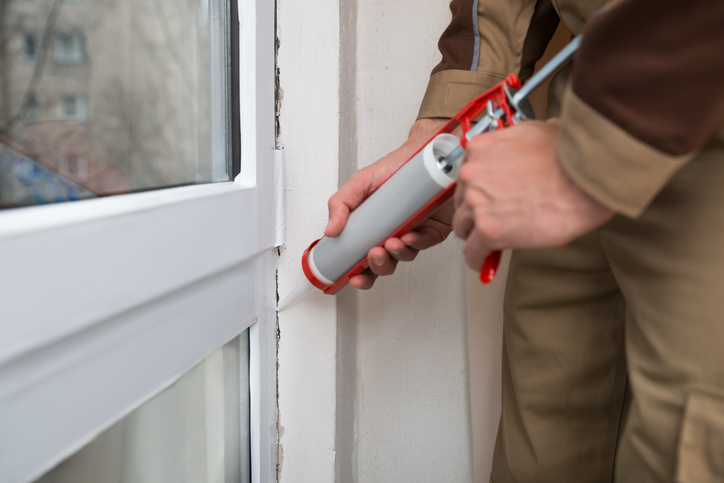Want to Save Up to $1,000 on Winter Heating Bills? Read This Now!

Here in Canada, current weather projections indicate our winter is going to be even colder than normal.
If you have prior experience with Canadian winters, you know that is really saying something!
Every year, we get those emergency calls from customers who are facing a sudden mid-winter furnace outage. We sure don’t want this to happen to you!
But neither do we want you to spring for a new furnace prematurely if your current furnace just needs some TLC to do its best work once again this winter.
In this timely post, we share our favorite tips for making a decision between furnace replacement and furnace repair before winter arrives in earnest.
Evaluate Your Furnace’s Current Performance
The first question to ask is whether you feel your furnace is performing up to expectations. To consider this, you will have to think back to the end of last winter.
What were your energy bills like? Were you hearing any strange sounds coming from the general direction of your furnace equipment? Did you feel your home was evenly heated from one room to the next? Was your furnace operation reasonably quiet?
The reason we want you to start here is that sometimes when you are dealing with heating issues, it isn’t actually the furnace that is to blame! When you take the time to identify exactly what you are dissatisfied with, this can lead you back to the real culprit for a timely fix.
Take a Good Look at Your Air Ducts
Here is one common example: your furnace bills start escalating and certain rooms are warmer than others.
But when your HVAC service technician comes out to do a tune-up and safety inspection, you are told that your furnace is in tip-top shape!
So what could be causing the problem? This is always the right time to stop and consider when the last time was that you checked your ducts.
The average duct system has a one- to two-decade shelf life before major repairs or a full replacement becomes necessary. Sometimes ducts can last longer than this, but it is the exception rather than the rule.
A system of older ducts is more likely to be the recipient of patchwork repairs and fixes over the years, including hand-wrapped insulation, tape around connection points, sagging ducts that are propped up on boxes or bins and so forth.
The more degraded your ducts become, the more air leakage will occur. This is especially the case around connection points near the central blower.
The U.S. Department of Energy estimates that poorly maintained ducts may allow up to 30 percent of temperature-controlled air to leak out before it ever gets to its destination at the other end of the duct.
If your indoor heating is uneven from room to room, this is another prime indicator that you have damaged ducts that are leaking air.
Once our technicians go in to repair and/or replace damaged ductwork, our customers are usually surprised and delighted to discover that their “problem furnace” was never the problem at all!
Potential savings: The average Canadian homeowner spends $2,358 on energy annually, with an estimated 61 percent of that, or $1,438, going to running the furnace. You stand to recuperate up to 30 percent of the air you are paying to heat by simply sealing up your ducts and making strategic repairs or replacements as needed. Recapturing that extra 30 percent trims your heating bill by $431.
Weatherstrip, Seal and Insulate
If your ducts aren’t letting the warm air out, there is a good chance it is your home itself that is letting the air escape.
And if you live in an older home, the U.S. Department of Energy estimates that up to 20 percent of your heating and cooling costs annually can be chalked up to air leaks.
Not every homeowner has an inner do-it-yourselfer inside them, but if you do, weatherstripping, caulking, sealing and insulating tasks are simple enough to do during your spare time. If your inner DIY-er is missing, we would be happy to work with you to get these tasks checked off your list before winter arrives.
Potential savings: Using the same average numbers as in the previous example, recapturing that 20 percent of lost warm air nets you a $287 savings on your furnace bills.
Schedule Your Fall Furnace Inspection and Tune-up
It isn’t a stretch to understand how a poorly maintained furnace might deliver sub-par performance. But what is even more important, and what we continually stress to our customers, is that a poorly maintained furnace also represents a significant home fire risk.
When you go more than one winter without scheduling at least a basic safety inspection for your furnace components, your risk of a home fire increases exponentially.
According to the National Fire Prevention Association (NFPA), nearly half of all home fires take place in December, January and February. The number one cause of furnace-related home heating fires is failure to clean and maintain the equipment.
On a happier note, when you do schedule a tune-up and safety inspection, you will reap rewards of up to 20 percent in energy efficiency improvements, trimming yet another big chunk off of your winter heating bills.
Potential savings: Once again referencing our average data, 20 percent of $1,438 is $287.
You Just Saved $1,000 On Winter Heating Expenses
Repairing and resealing your ducts recaptures up to 30 percent of warm air. Weatherstripping and sealing recaptures another 20 percent of warm air. A basic annual furnace tune-up recaptures still another 20 percent of warm air.
This is recapturing up to 70 percent of the warmed air you are paying for, for a potential winter heating bill savings of up to $1,000.
Get in Touch
Ready to save this winter? We can help!
Give us a call at 613-967-1066 or visit us online.

